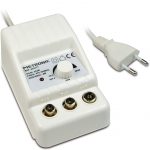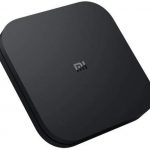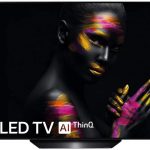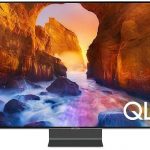Screens have changed a lot over the years. From the old tube TVs, those so fat that millennials are not even able to identify what they are, we have arrived at extra-thin screens that offer a quality I would say tens or hundreds of times greater than those first televisions. Technology is improving, and in this article we are going to talk about one of the latest in terms of panels, the one used by TV QLED.
Best QLED TVs
| The best |

|
SAMSUNG TV QLED 4K 2023... | See features | 98 reviews | View deals |
| Price quality |

|
Samsung QLED TV 2023... | See features | 784 reviews | View deals |
| Our favorite |

|
SAMSUNG TV Neo QLED 4K... | See features | 438 reviews | View deals |

|
SAMSUNG TV QLED 4K 2023... | See features | 162 reviews | View deals | |

|
Samsung TV QE50Q80CATXZT... | See features | 14 reviews | View deals | |

|
SAMSUNG TV QLED 43inch... | See features | 5 reviews | View deals |
Samsung QLED 4K 2020 65Q70T
Personally, I would not recommend this TV to put in a kitchen, no. It is one designed for demanding users, starting with its size of 65 inches which, how could it be otherwise today, offers 4K resolution. But not only for that, and it is that, in addition to offering all the benefits of a QLED TV (HDR 10+, improved brightness, 100% color, intelligent sound and images, active voice amplifier, Multi-View, Ambient Mode + …), It also offers other very interesting functions.
We are talking about a smart TV, one whose operating system is Tizen, owned by Samsung. Perhaps the most interesting thing is that it is compatible with voice assistants, such as Amazon's Alexa, the Bixby of the same South Korean company or the Google Assistant of the search engine company.
Samsung QLED 4K 2020 50Q60T
If you are looking for a somewhat cheaper QLED TV, especially if you catch it on sale, this 50 ″ could be the answer to your prayers. It is a 2020 model with 4K resolution that Samsung has been in charge of promoting as being compatible with Disney +, thanks to the fact that it uses an operating system that gives it intelligence, its Tizen, which allows us to run hundreds of applications.
That it is something smaller and cheaper does not mean that it is lacking in functions, since it is also compatible with Alexa, Bixby and Google Assistant, HDR 10+, Multi-View and the Ambient Mode. All this can be launched from a command that will allow us to access all the apps, a decoder or even our console.
4 Samsung The Frame QLED 2020K 32LS03T
If we want something more economical, we have to opt for a TV of the current standard size which at the moment are the 32 inches like The Frame from Samsung. It stands out for its design, from which, together with its store, its name comes, but it includes all the functions that a QLED TV of the South Korean brand usually offers.
Among what it offers we have 4K resolution, UHD, HDR 10+, compatibility with voice assistants, Multi-View, Ambient Mode, a single remote control for everything, Tizen operating system and our own art store from which we can get, under subscription , unlimited access to works of art from museums such as the Prado Collection, Alvertina, Saatchi Art or the Magnum Photos collection of photographs.
Samsung QLED 4K 2020 65Q80T
If what you are looking for is something more powerful, this 65-inch TV, also available in up to 85 inches, could interest you. In addition to everything explained in the previous models, it includes Direct Full Array HDR 1500, with a brightness that reaches up to 1500 nits. This technology analyzes scenes to enhance contrast and add depth and detail to all of them.
Another point where it stands out, in addition to a somewhat higher price, is its OTS: thanks to its 6 speakers and artificial intelligence, the sound is reproduced only at the place where the action occurs. To all this, in which it stands out, we must add the Active Voice Amplifier, HDR 10+, 4K resolution, Multi-View and Ambient Mode, among others.
What is QLED
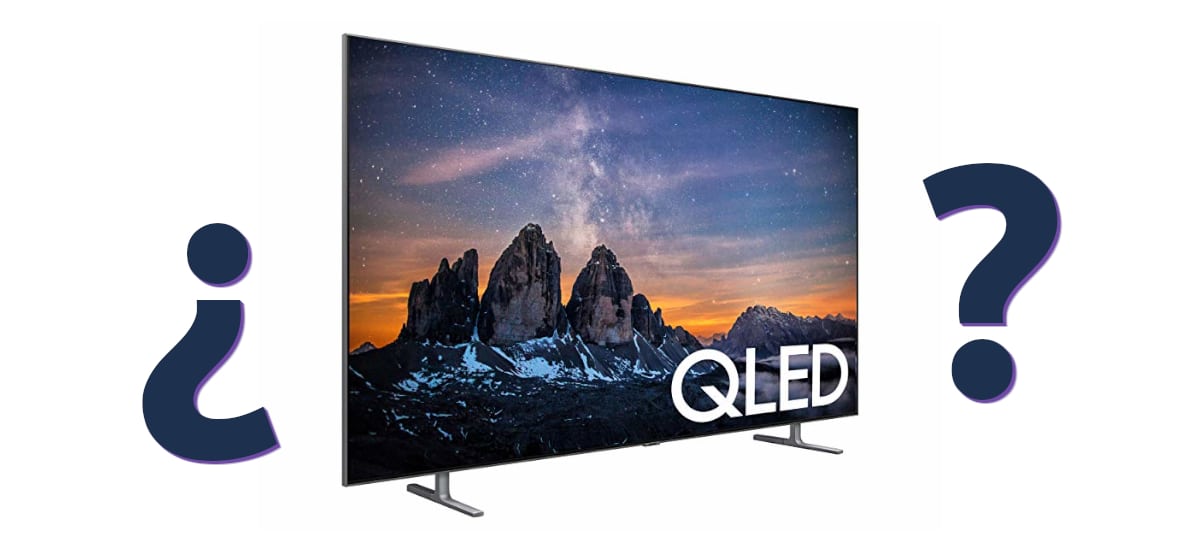
QLED is the acronym for Quantum Dot Light Emitting Diode, where they have forgotten the first D. The direct translation would be Quantum Dot Light Emitting Diode and it would be an evolution or improvement of LED technology. Quantum dots are nanometric crystals made of semiconductor materials and are photoactive, which means that they absorb light that they subsequently emit. These spots offer better light performance, which translates into a improved brightness and luminosity.
How does it work
Although we will probably see it in other brands soon, QLED is a technology developed and implemented by Samsung that it is using in its higher-end televisions since 2017. As we have just explained, that they use another name is not by chance or marketing, but rather to different screens than use quantum dots or quantum dots. The panel is different from the conventional LED that has given us so much time and so many joys. The QLED is an evolution of the SUHD that was used in 2015 and 2016, and came with improved color and brightness.
QLED televisions are based on the use of a layer of quantum dots on the panel. These points are a nenometric semiconductor particles and of a crystalline material that emit light, and of the crystal they are also called Crystal Display. The dots can vary in size and, depending on it, they convert the light they receive into any color, managing to display very pure colors and contrasts never seen before.
Each point, depending on its size, it emits a single color:
- The largest dots are red, 7nm.
- The midpoints are the oranges, 4-5nm.
- Smaller are the green ones, 3nm.
- The smallest of all are blue, 2nm.
Advantages of a QLED TV
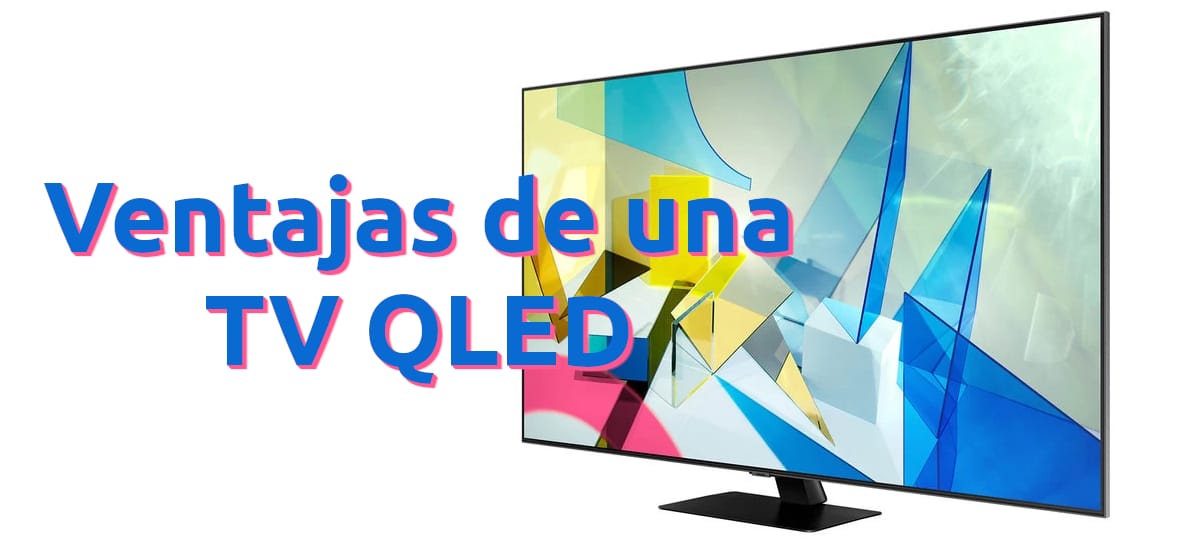
QLED displays have weaknesses, but they are less than a few advantages that we detail below:
- They are cheaperAlthough we could find cases in which this was not fulfilled, the manufacturing process and materials used make QLED screens cheaper than OLEDs.
- Improved brightness: Compared to OLED screens, the brightness offered by QLED screens can be doubled (from 800 to 1500 nits or more).
- Greater viewing angle: No matter where we look at it, the image will always be clearer on a QLED screen.
- Greater volume of color- According to their main (and I'd say unique) manufacturer, Samsung says they can reproduce all color spectra, as well as control the light that enters each pixel, thereby enhancing the saturation and contrast of images.
QLED vs. OLED
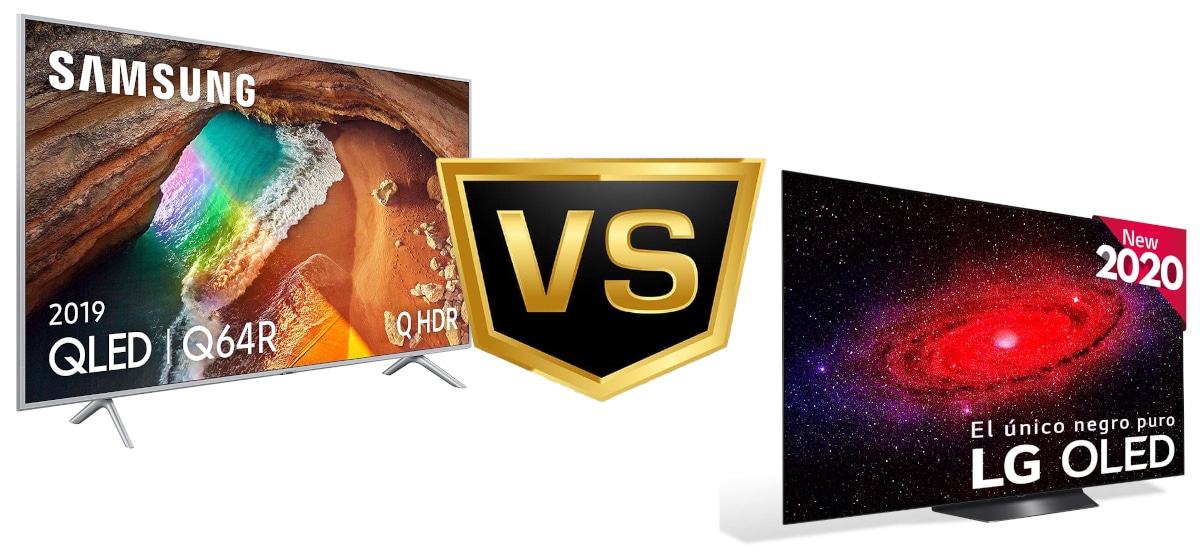
As for a head-to-head combat, it would have to be one to 7 rounds:
- black. OLED wins here for offering purer blacks.
- Motion blur. OLED wins this round.
- Viewing angles. Both screens offer good viewing angles, so in theory it would be a draw. With QLED being a more modern technology, some judges would give QLED the winner.
- Color. assault for QLED.
- Luminosity. QLED offers better luminosity, doubling the 800 nits that QLED offers.
- Image retention. The crystal-based technology of the QLED makes the image stay longer.
- Price. QLED TVs are cheaper.
Therefore, and although the combat began with the OLED winning, I would say that QLED screens win. Offering good quality and some exclusive features, I think the price is something that should definitely tip the scales.
Characteristics of a QLED TV
HDR
HDR is the acronym for High Dynamic Range, which in Spanish translates as High Dynamic Range. It is something that we began to see in mobile phones, especially in their cameras, where, by activating the option, we could (and still can) take photos with a enhanced contrast. This is something that has also reached the screens. To be more specific, this mode seeks to cover the widest possible range of exposure levels in all areas of the image.
HDR is an image processing option. Sometimes there are images where we see areas with very different lighting. When we are going to take the photo, we can choose an exposure depending on the area that we want to highlight better. The HDR we would allow all areas to be properly exposed, although some are much darker than others. Therefore, everything would look good, although the image might not be true to life. So it is good that the option exists, but that it is one that we can deactivate if we wish.
Crystal display
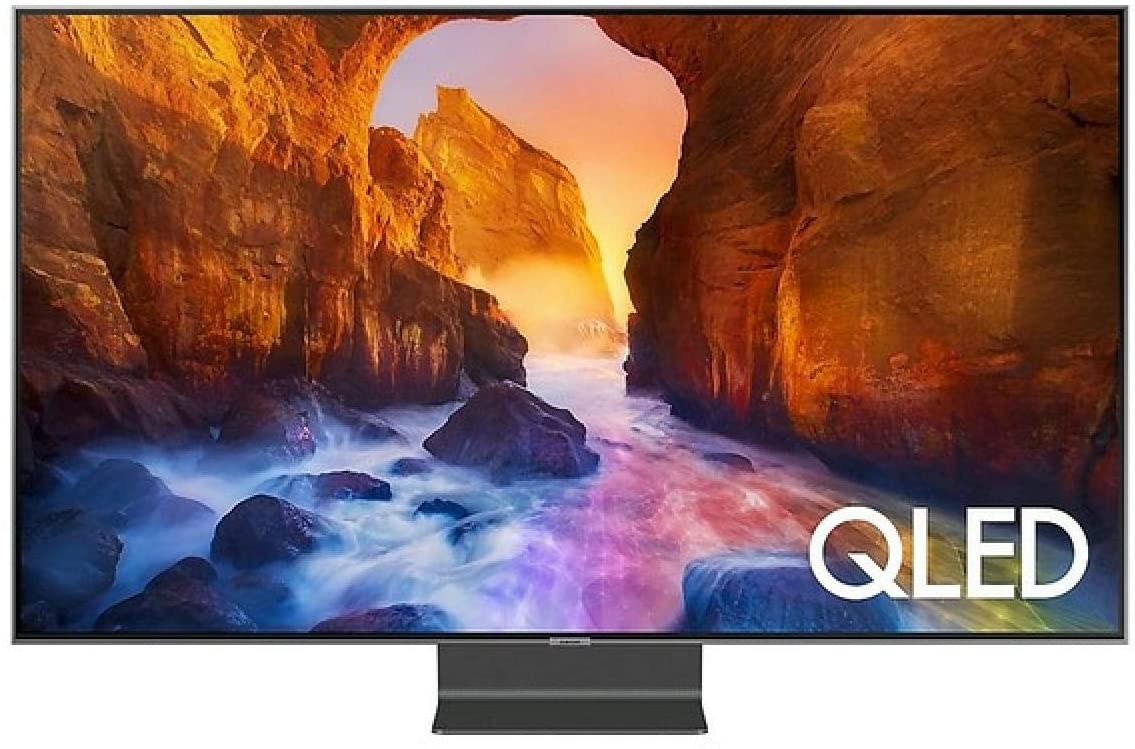
Crystal Displays are thinner displays that offer richer, more unique color tones and sharper images. The panel technology is based on crystal-shaped nanostructured particles, which will make the image clarity and expression last longer. This type of panel is specially designed for use in high-resolution screens, such as 4K, which is becoming more and more widespread. In addition, they allow to minimize the bezels to the maximum, with which we can enjoy a TV in which all we see is the image of video content.
4K processor
QLED displays are designed with large sizes and high resolution in mind. Therefore, all the hardware that they have inside has to point in that direction. An important component is the 4K processor, or more specifically one that allows you to move with ease the 4K resolution. This means that they are "engines" capable of moving a large amount of information, which will make everything display smoothly, which will also be noticeable in the rest of the software, as long as we have a TV in front of us with an operating system and / or smart part.
Higher brightness
QLED displays offer a higher brightness thanks to its nano-crystals, some that allow you to reproduce 100% of the color volume and have less saturation. This allows us to see them clearly in dimly lit rooms or others with greater lighting, which, for someone who likes horror movies like a server, could do very well. In terms of figures, the brightness of QLED screens can reach or even exceed 1500 nits, doubling the 800 nits of OLED screens.
Less deterioration
The QLED uses an inorganic technology, so that does not deteriorate, or at least not as much as organic OLED displays. This means not only that it offers higher quality, but that all of it will last longer. In short, they use more modern technology that will make the brightness that we enjoy right out of the box will last for years, probably forever.




